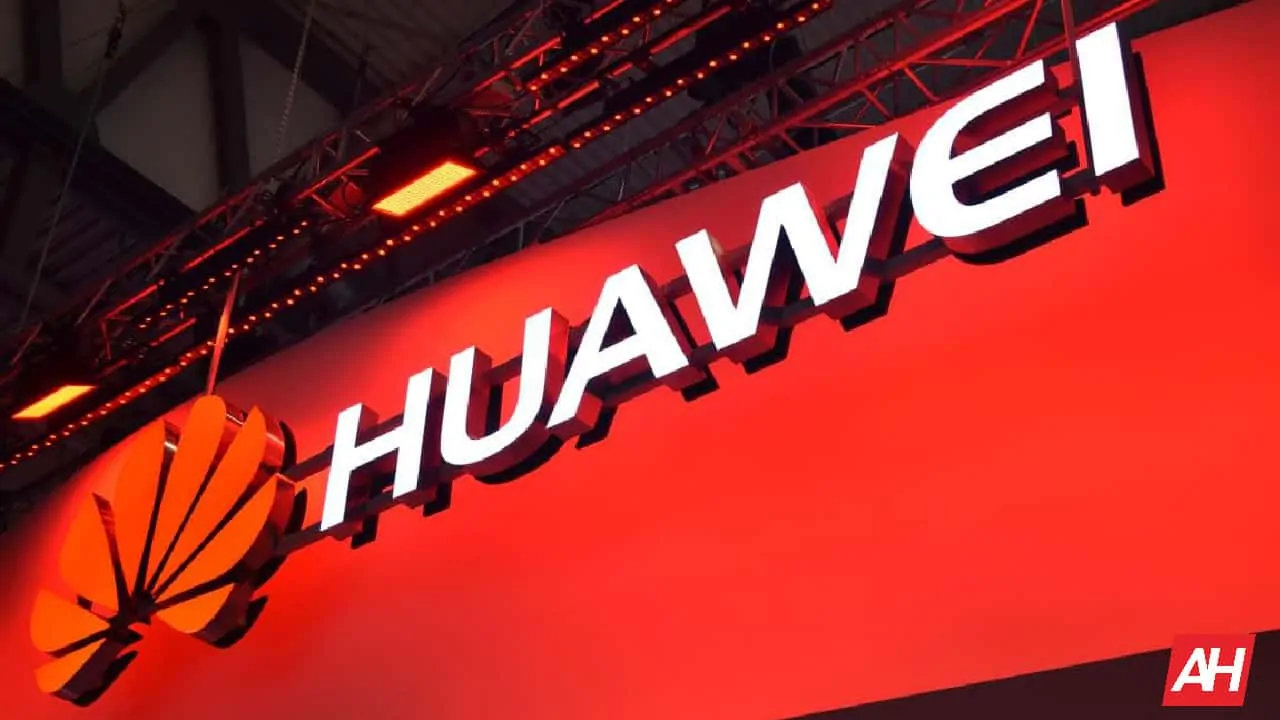The US Huawei ban has hurt Shenzhen’s pride financially, but a change to America’s Foreign Direct Product Rule would hurt the Chinese OEM even harder.
US Product Rule change would hit Huawei even harder
The current US Foreign Direct Product Rule (FDPR) places control on shipped content that is at least 25-percent American-made.
This means that if the content contains at least 25-percent of American parts, such as a smartphone, for example, there are limits on just how much American-made content is eligible for exportation to foreign countries.
The new proposal to the FDPR will change the 25% threshold to just 10%. At the new percentage level, companies producing goods that are at least 10% American-made would pose even stiffer restrictions on foreign imports.
How the new US Product Rule affects foreign companies
The new rule would deal an even larger blow to Shenzhen’s Pride by denying Huawei access to its Kirin SoC chips and its 5G Balong modems. Kirin processor chips and Balong modems are manufactured by Taiwan Semiconductor Manufacturing Company (or TSMC). TSMC relies on American chipmaking equipment to churn out Huawei mobile chips.
Huawei is one of TSMC’s greatest clients, with the company coming in second only to Apple in terms of its investment to TSMC (36.1 billion yuan versus Apple’s 58.3 billion yuan in 2019).
If Huawei can no longer work with TSMC, then it will have to turn to another manufacturer for its phone components. Additionally, TSMC will suffer because it will lose its second, highest-paying client. That’s never a good sign for any business.
The US doesn’t see TSMC’s turning from Huawei as a bad thing. A good reason for this pertains to America’s direct investment in TSMC. The US invests 60-percent of all TSMC chipmaking profit. With the US’s huge investment, it appears as though America’s deeper pockets could very well win the day against the Chinese OEM.
Huawei sees the writing on the wall
TSMC would lose one of its top clients in the US-China war, but the company would come out on the other side. Huawei is the ultimate target in all of this. The US doesn’t want to hurt TSMC but is really keen on reducing Huawei’s power in the 5G space.
After all, Huawei does own 15-percent of all standards-essential 5G patents globally. Even after the US ban on the company, its 5G clientele list continues to grow.
Some countries such as the United Kingdom are restricting Huawei to 35-percent peripheral access to its 5G network but don’t want to release Huawei from 5G altogether. The US is having some small success (small, though present) in convincing some countries to abandon Huawei in 5G networks.
TSMC can’t afford to lose its American investment. And Huawei knows that America’s pockets are too deep for TSMC to refuse its offer. This will ultimately leave Huawei in a bad position.
Huawei is already aware of its small chances in the matter. The company is reducing its reliance on TSMC by partnering with Chinese entity Semiconductor Manufacturing International Company (SMIC).

